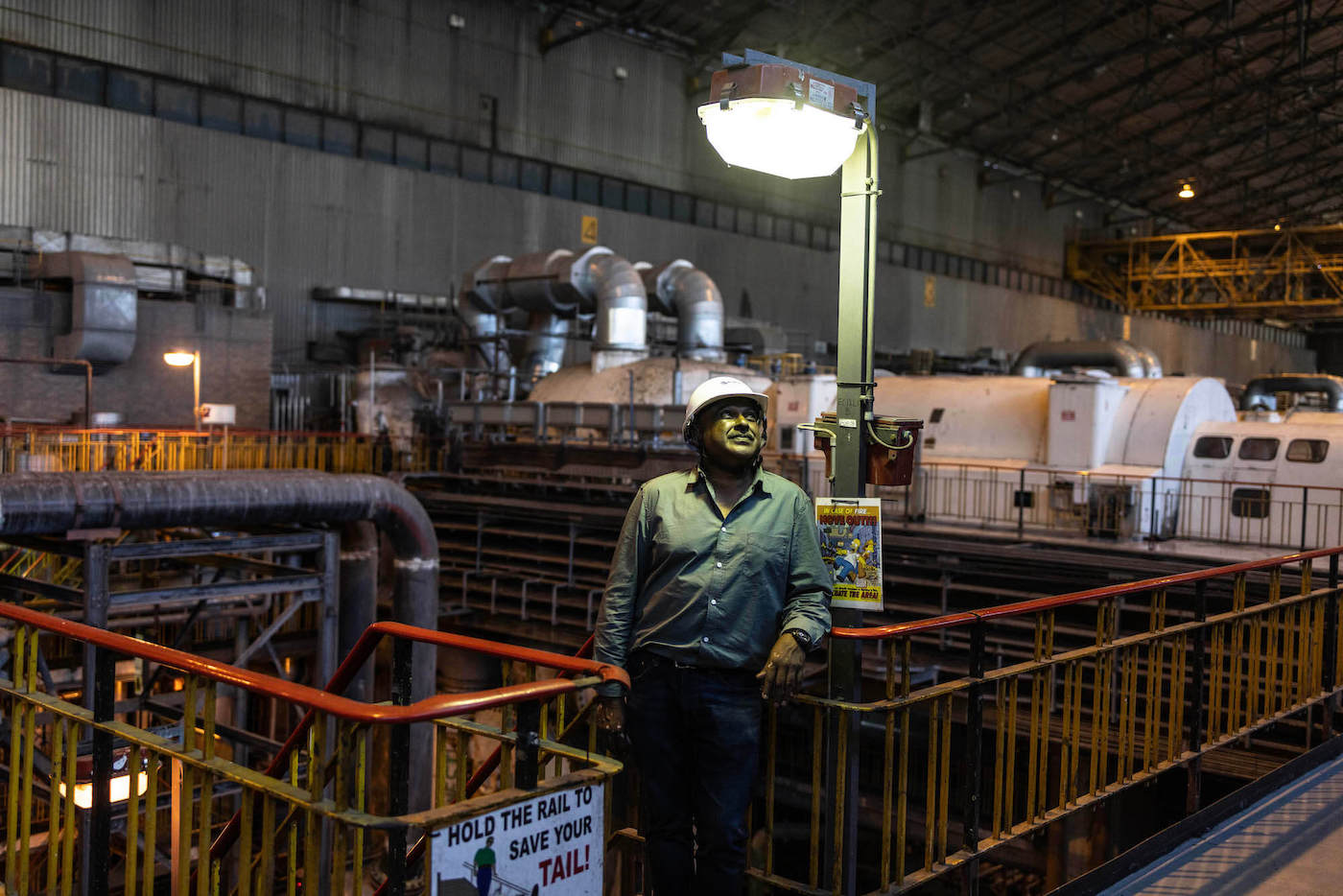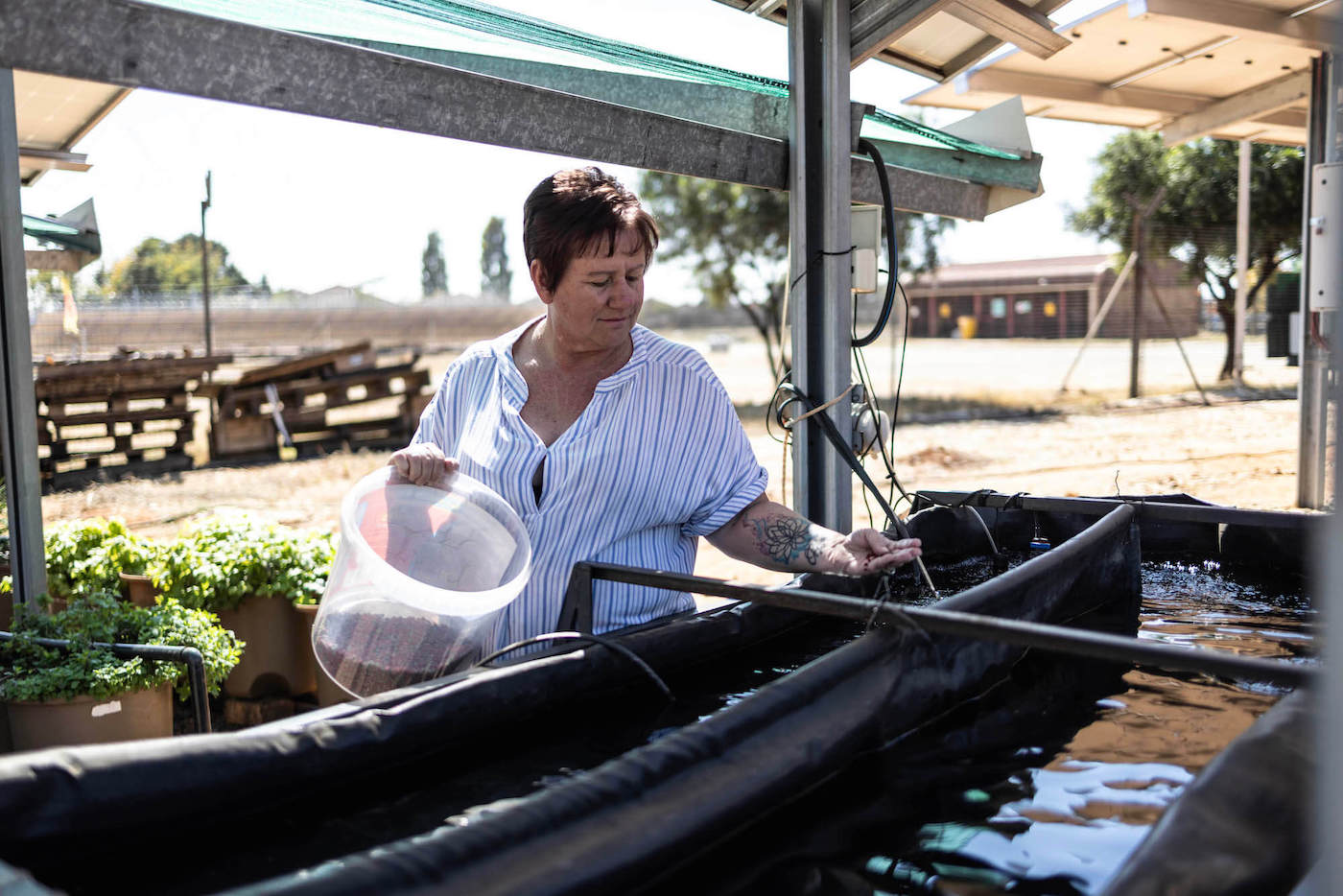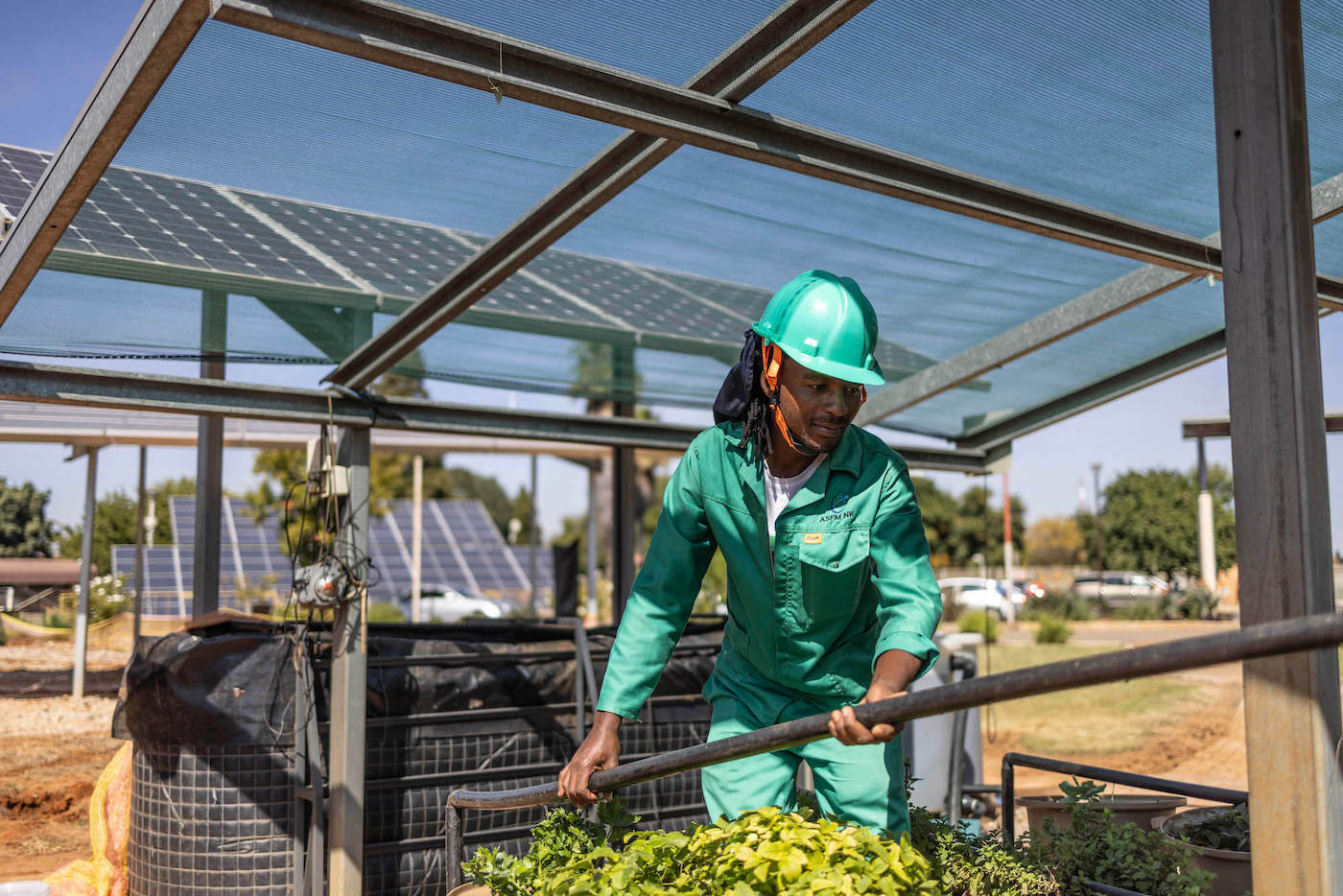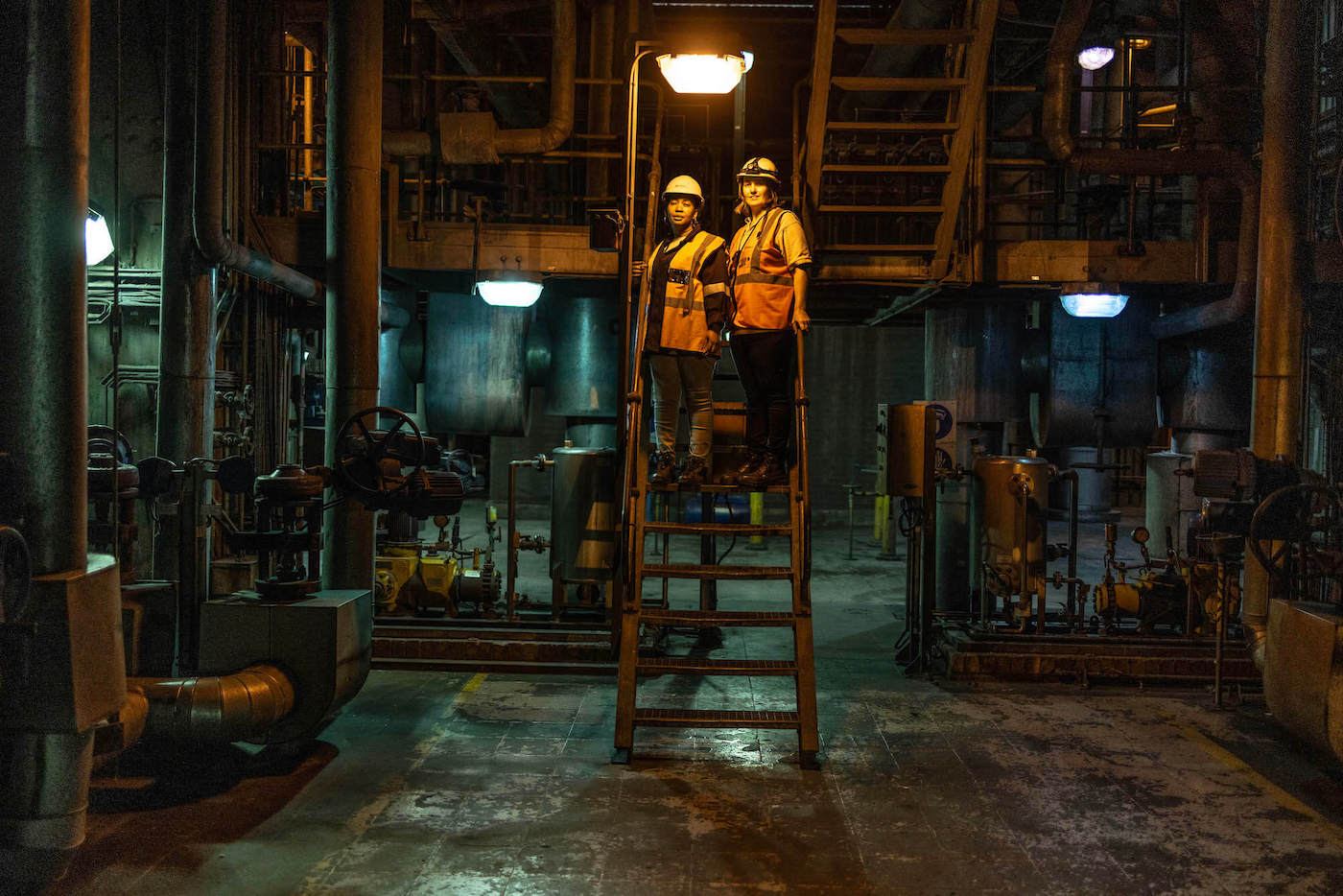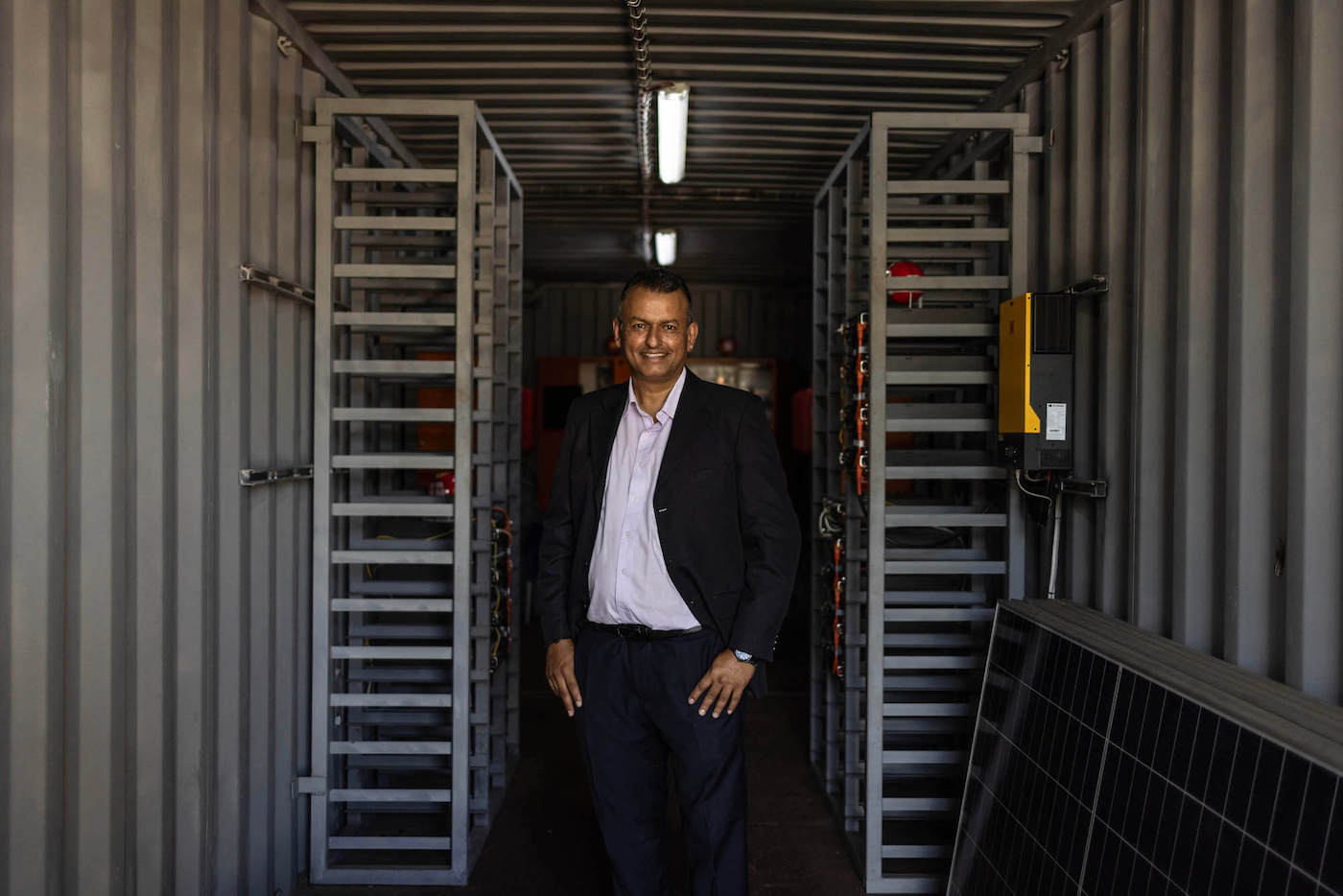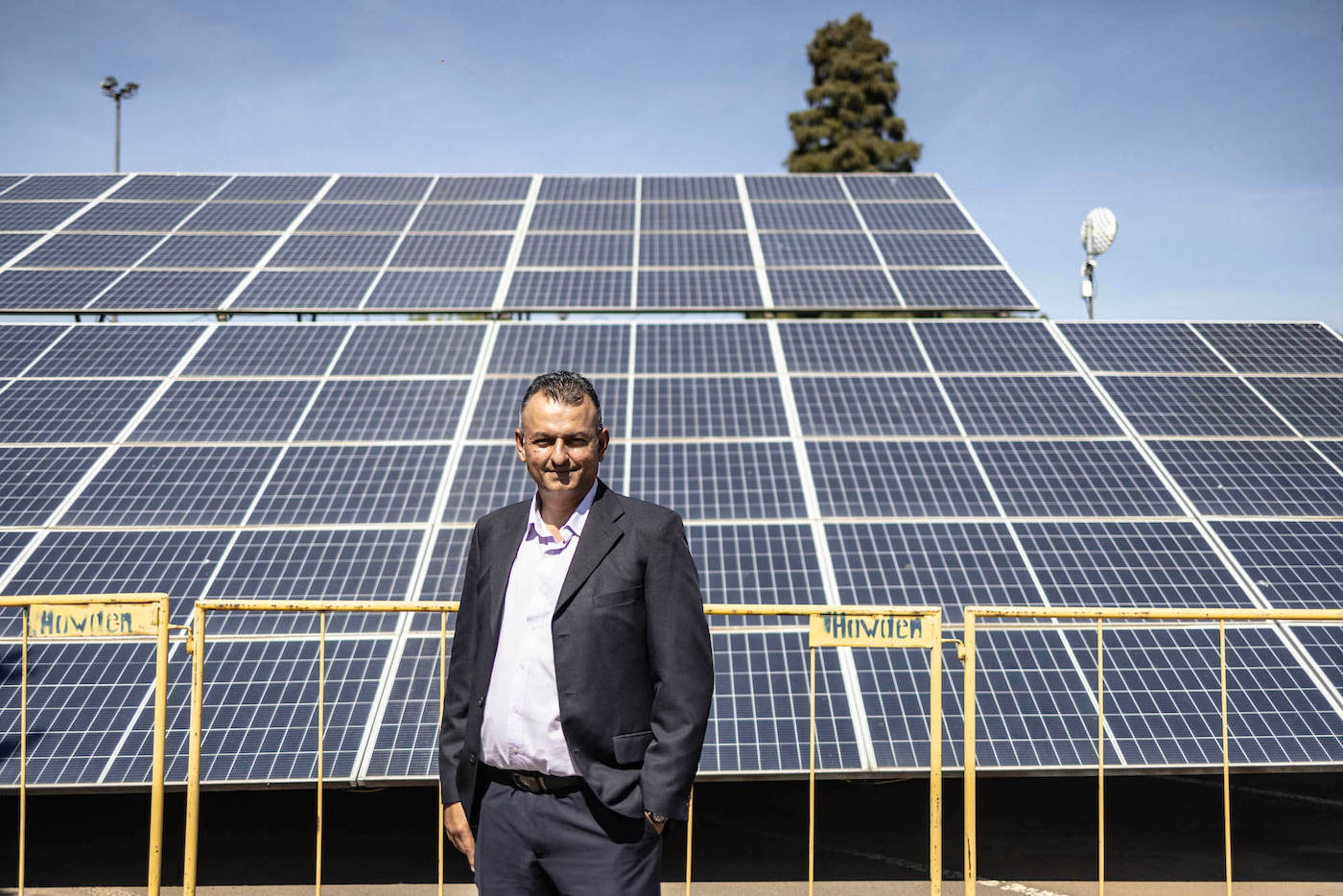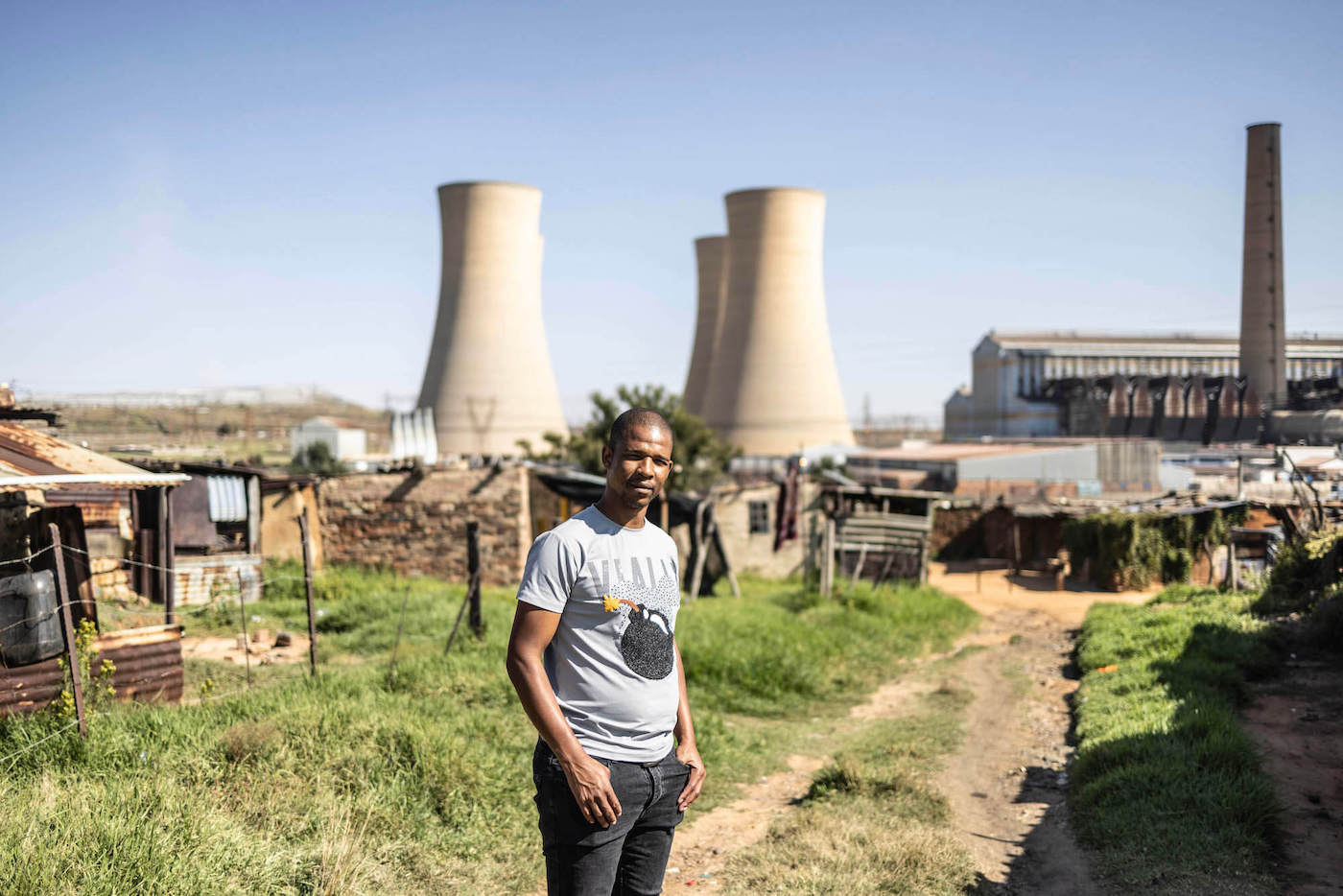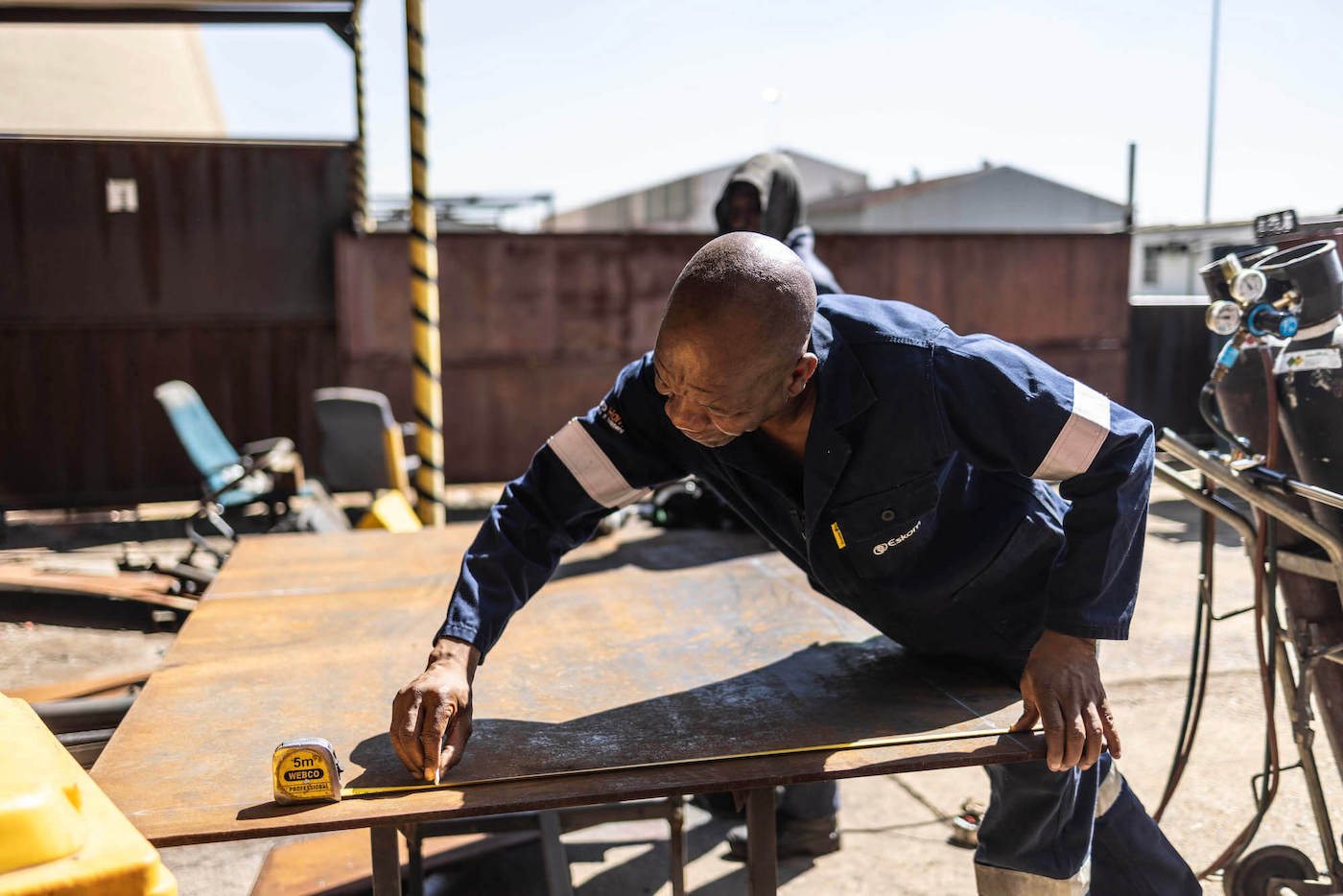What happens to the people who work at a coal power station when it is decommissioned and repurposed for renewable energy? They throw themselves into learning a whole new range of skills
When Komati Power Station’s unit nine fell silent in October 2022 no glasses were raised and nothing was said to mark the moment.
Emotions ran high that day, recalls acting general manager of the plant, Thevan Pillay.
In its heyday Komati burned through 12,000 tonnes of coal a day and fed 1,000MW of electricity into the national grid. Built half a century ago, the station sits in the heart of South Africa’s power belt that cuts through a swath of central Mpumalanga province.
Now Komati has reached the end of its life and is going through a decommissioning process.
Many of Eskom’s staff moved to other power stations. For the communities surrounding the station, its closure was hard felt especially for those who relied on the plant directly or indirectly for work.But the power station isn’t dead yet.
In the shadow of its giant cooling towers some of the employees who tearfully watched generation unit nine’s shutdown are now part of a workforce that provides a peek into a future where coal is no longer king and old power stations take their place in a low-carbon economy.
They are trying their hand at new projects, some of which are totally left-field of traditional coal-fired energy production. One even involves farming fish.
